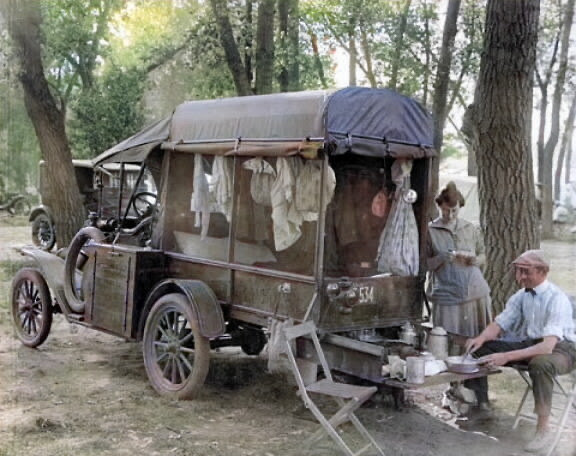
19 Oct Ancestry Newsletter- October 19, 2024
Contents
- 1 RUTHERFORD B. HAYES PURSUED HIS ANCESTRY
- 2 ANCESTRY AND A BIT MORE ON THE STORY OF THE PLOT TO KILL WASHINGTON
- 3 AN ANCESTRY CLIENT AND AN EPITAPH TO SETH BURLEIGH HINSHAW
- 4 NORWEGIAN ANCESTRY AND WHY IS ROOSEVELT’S STATUE IN OSLO, NORWAY?
- 5 WHERE DID EISENHOWER GET THE IDEA FOR THE INTERSTATE SYSTEM? AND THE ANCESTRY OF THE UNABOMBER
- 6 REMEMBER PRESIDENT TILDEN? NO, BUT IF THE NPVIC RULES WERE IN EFFECT IN 1886 YOU MIGHT HAVE AFFECTED YOUR ANCESTORS
- 7 IS YOUR ANCESTRY TREE FULL OF ERRORS?
- 8 WHAT ABOUT YOUR DESCENDANTS KNOWING ABOUT YOUR ANCESTRY?
 RUTHERFORD B. HAYES PURSUED HIS ANCESTRY
RUTHERFORD B. HAYES PURSUED HIS ANCESTRY
Rutherford Birchard Hayes (1822 – 1893) was the 19th president of the United States, serving from 1877 to 1881. An attorney in Ohio, Hayes was Cincinnati’s city solicitor and a staunch abolitionist. During the Civil War, he joined the Union Army, earning a reputation for bravery and rising to brevet major general. Post-war, Hayes became a prominent Republican, serving in Congress and as governor of Ohio.
Despite losing the popular vote, Hayes won the 1876 presidential election (see the last article) against Samuel J. Tilden through the Compromise of 1877. The deal ended federal support for Reconstruction and military occupation in the South. His presidency focused on meritocratic government and equal treatment.
The Great Railroad Strike of 1877 was a defining event, resolved by Hayes calling in the US Army. He implemented civil service reforms and vetoed the Bland–Allison Act, which Congress overrode. His policies toward western Indians anticipated the Dawes Act of 1887. Hayes did not seek reelection and retired to Ohio. Historians generally rank him as an average to below-average president.
We visited his home in Spiegel Grove in Fremont, OH (traveling in something similar to the rig above).
Here are a few tidbits:
• They told us that Hayes was the wealthiest president up to that point. In admiring his home, I would tend to agree; however, in looking at it in today’s dollars, his predecessors Washington (2nd wealthiest ever after Trump), Jefferson, Madison, Tyler, Monroe, Van Buren, John Quincy Adams, John Adams, James Polk, Zachary Taylor, William Henry Harrison, and even Millard Fillmore, all eclipsed him.
• He liked to explore his ancestry, so he was my kind of president!
• He predicted that we would fly one day, but how ironic that he did so in Dayton, OH, where the Wright Brothers had their shop and their first extended flight, precisely 54 years and one week to the day of his note to Lucy. Ancestry.
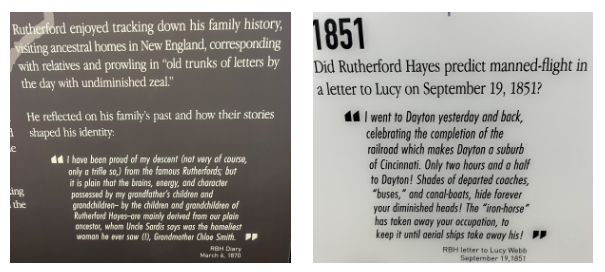
 ANCESTRY AND A BIT MORE ON THE STORY OF THE PLOT TO KILL WASHINGTON
ANCESTRY AND A BIT MORE ON THE STORY OF THE PLOT TO KILL WASHINGTON
In the last edition, we shared the story of David Matthews, mayor of New York, who was implicated in the plot to kill Washington, along with Thomas Hickey. Here’s more on Hickey.
Thomas Hickey (died June 28, 1776) was a Continental Army soldier in the American Revolutionary War, and the first person to be executed by the Continental Army for “mutiny, sedition, and treachery”.
Born in Ireland, Hickey came to America as a soldier in the British Army and fought as a combat field servant to Major General William Johnson in the Seven Years’ War. He later joined the Patriot cause when the American Revolution broke out, and became part of the Life Guard, which protected General George Washington, his staff, and the Continental Army’s payroll.
Hickey was briefly jailed for passing counterfeit money; during this incarceration, he told another prisoner he was part of a conspiracy. He was later tried and executed for mutiny and sedition against the Continental Army. Plausible but unverified reports suggest that he may have been involved in an assassination plot against Washington in 1776.
Washington made a general announcement:
The unhappy fate of Thomas Hickey, executed this day for mutiny, sedition, and treachery, the General hopes will be a warning to every soldier in the Army to avoid those crimes, and all others, so disgraceful to the character of a soldier, and pernicious to his country, whose pay he receives and bread he eats. And in order to avoid those crimes, the most certain method is to keep out of the temptation of them, and particularly to avoid lewd women, who, by the dying confession of this poor criminal, first led him into practices which ended in an untimely and ignominious death. Ancestry.
In a March 5, 1785, sworn petition to the U.S. Congress, Samuel Fraunces claimed that it was he who discovered the assassination plot, that he was falsely accused of being part of it, and was jailed until his name was cleared. He wrote (in the third person):
That he [Fraunces] was the Person that first discovered the Conspiracy which was formed in the Year 1776 against the Life of his Excellency General Washington and that the Suspicions Which were Entertained of his agency in that Important Discovery occasioned [sic, occasioned] a public Enquiry after he was made a Prisoner on which the want of positive Proof alone preserved his Life.
Congress’ response to Fraunces’ petition downplayed the plot but accepted his role as “instrumental in discovering and defeating” it. For debts incurred during the Revolutionary War, Congress awarded him £2000, a later payment covering accumulated interest. Congress paid $1,625 to lease his tavern for two years to house federal government offices.
We wrote about Fraunces Tavern in our December 2, 2023, edition. FRAUNCES TAVERN
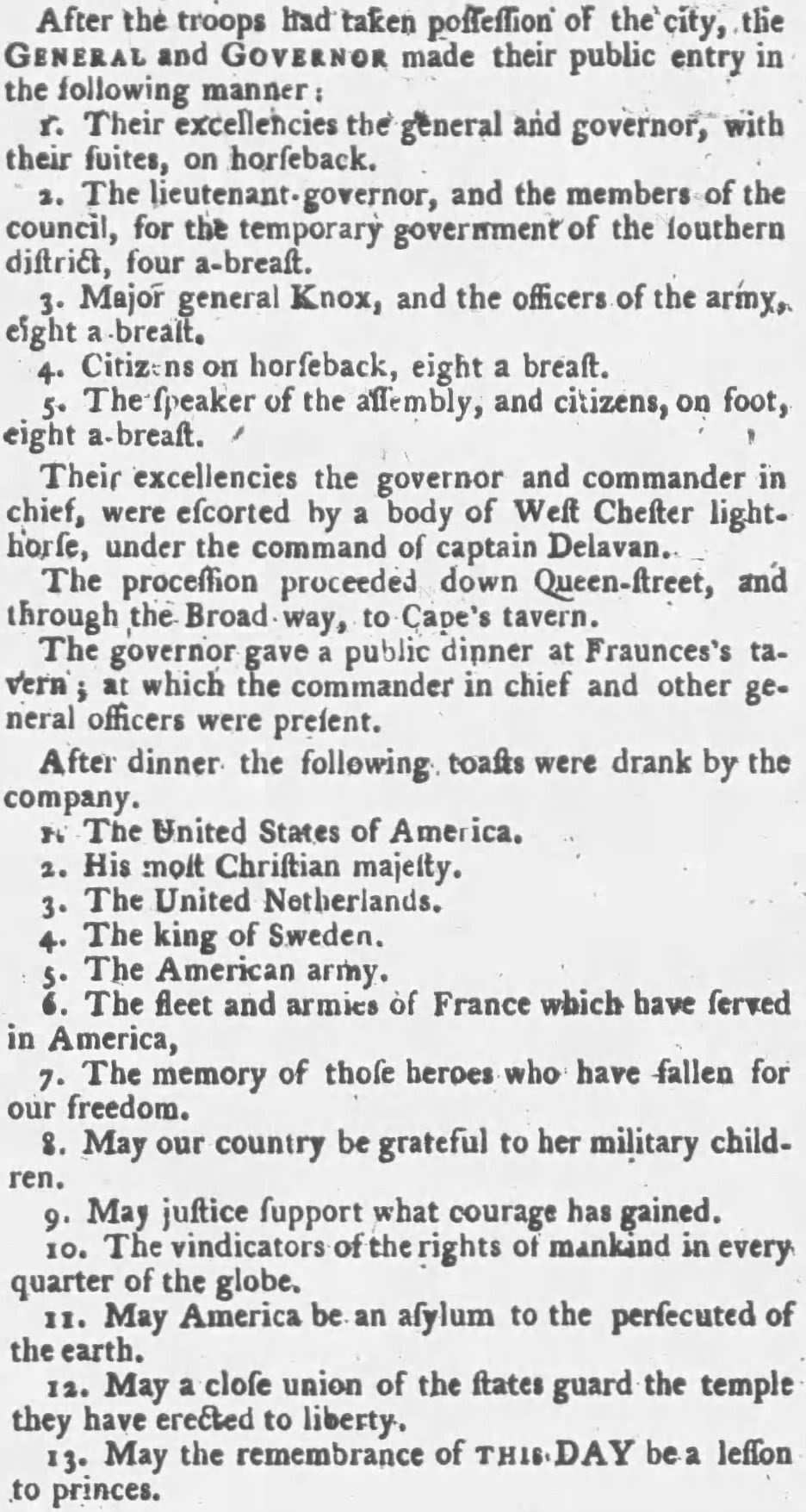
 AN ANCESTRY CLIENT AND AN EPITAPH TO SETH BURLEIGH HINSHAW
AN ANCESTRY CLIENT AND AN EPITAPH TO SETH BURLEIGH HINSHAW
On November 15, 1865, Seth Hinshaw, Greensboro’s ardent abolitionist, died at 78. Hinshaw’s dedication to the anti-slavery movement dates back to 1843 when he supported the Free Produce Movement in his Greensboro grocery store “to produce and market agricultural goods which had been raised without slave labor.”
Hinshaw was also instrumental in Henry County’s participation in the Underground Railroad to guide former slaves to freedom. One of those Hinshaw helped was renowned abolitionist Frederick Douglass, whom historians call one of the most influential figures in the 19th century. Hinshaw helped Douglass find refuge in nearby Greensboro after a vicious attack in Pendleton. Ancestry.
Read our July 11, 2020, article about one of our client’s ancestors who had enslaved Frederick Douglass FREDERICK DOUGLASS’ ENSLAVEMENT
Martin Bundy, an early New Castle leader, wrote of Hinshaw “An original abolitionist of the most pronounced type, his time and his money were devoted to the cause of the poor fugitive who fled from the odious system of bondage which was sanctioned by the laws of the Southern States of the American Union and sought liberty by a journey toward the North Star. His house was always open for the entertainment and repose of the poor slave, and was in fact one of the station agents on the great ‘Underground Railway.'”
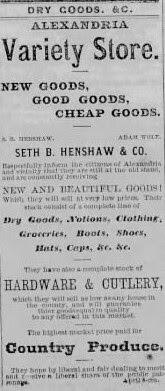
 NORWEGIAN ANCESTRY AND WHY IS ROOSEVELT’S STATUE IN OSLO, NORWAY?
NORWEGIAN ANCESTRY AND WHY IS ROOSEVELT’S STATUE IN OSLO, NORWAY?
In the Spring of 1940, the Norwegian Royal Family were forced to leave their homeland when Hitler’s forces brutally invaded Norway. FDR had met and befriended the Crown Prince and Princess a year earlier during their widely publicized American tour, and the President now offered the family a safe haven in Washington, DC.
After a long trek across the Atlantic and initial stays at the Roosevelt home in Hyde Park and at the White House, Crown Princess Martha and her three children, Princess Ragnihild, Princess Astrid, and Prince Harald (today His Majesty King Harald V of Norway) moved into an estate called Pook’s Hill in Bethesda, MD. There, they lived for the duration of the war, later triumphantly returning to Norway in June of 1945. Norwegian King Haakon VII and Crown Prince Olav moved from Norway to Great Britain to establish a government-in-exile. Crown Prince Olav visited his family in the U.S. as often as conditions allowed but remained based in London.
Frequent guests and close friends of FDR throughout the war, the exiled Royal Family enjoyed a welcoming and supportive relationship with the President and First Lady. Princess Martha and FDR jokingly referred to one another as Godfather and Godchild and often shared meals, scenic drives, boating, and local entertainments.
Observers noted their shared sense of humor and happy informality. Princess Martha encouraged the creation of the first Presidential Library and sat with Eleanor Roosevelt at its opening ceremonies. Later, in 1950, she and Prince Olav traveled back to Hyde Park to visit Eleanor and to view the vast archival and museum collections, where many of their own letters, gifts, and diplomatic documentation would be preserved.
The Royal Family were also honored guests at the President’s 4th Inaugural ceremonies. The Royal children, including future King Harald V, stood with the Roosevelt family on the White House steps to hear FDR’s address on that solemn January day. Ancestry.
Princess Martha’s exile began in 1940 before the United States entered World War II. By the Fall of 1942, with American forces deeply engaged in Pacific and European Theaters, and after a misleading TIME article suggested Norwegians were complacent under German occupation, FDR became concerned about waning international morale. As a gesture of both strength and support, on September 16th, 1942, the U.S. Navy gave a newly-built warship – named the HNoMS King Haakon VII – to the Norwegian Royal Navy.
Ceremoniously delivered to Crown Princess Martha at the Washington Navy Yard, Roosevelt capped off the fanfare by offering a moving and historic speech. The now famous “Look to Norway” speech asserted the strength and legitimacy of the exiled Norwegian government, the importance of a US diplomatic alliance with Norway, and the heroic spirit of the citizens of that nation. It inspired Americans, Norwegians, and Europeans to take heart in the fierce, stoic, and necessary resistance movement.
“If there is anyone who still wonders why this war is being fought, let him look to Norway. If there is anyone who has any delusions that this war could have been averted, let him look to Norway; and if there is anyone who doubts the democratic will to win, again I say, let him look to Norway.” –FDR, 9/16/1942.
The photograph below is of Crown Princess Martha and Crown Prince Olav with FDR at a White House reception for their first American visit, June 29, 1939.
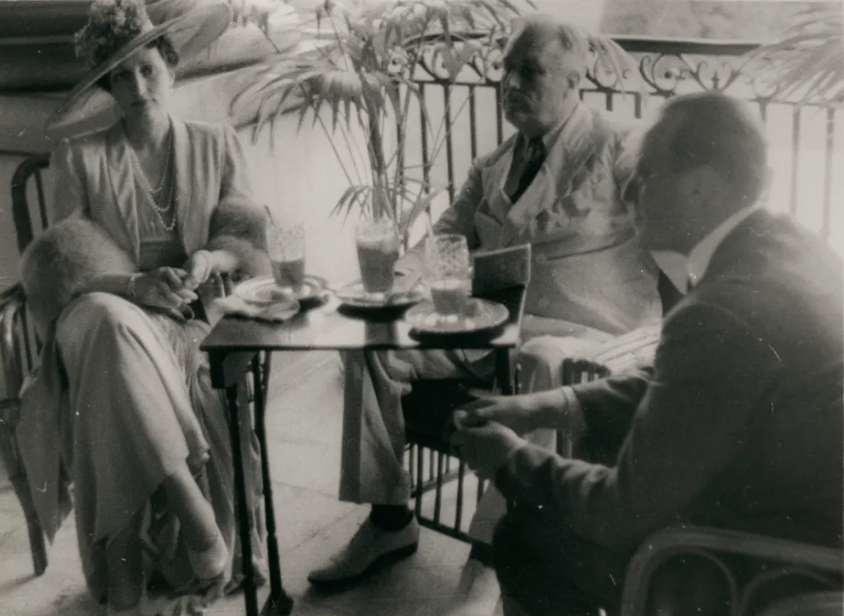
 WHERE DID EISENHOWER GET THE IDEA FOR THE INTERSTATE SYSTEM? AND THE ANCESTRY OF THE UNABOMBER
WHERE DID EISENHOWER GET THE IDEA FOR THE INTERSTATE SYSTEM? AND THE ANCESTRY OF THE UNABOMBER
As a kid, I remember my dad telling me that the transcontinental road, the Lincoln Highway, ran through the small town of Lisbon, Iowa, where my grandparents lived. The picture is of the Lincoln Highway in Lisbon in the 1940’s
The Lincoln Highway is one of the first transcontinental highways in the United States and one of the first highways designed expressly for automobiles. Conceived in 1912 by Indiana entrepreneur Carl G. Fisher and formally dedicated on October 31, 1913, the Lincoln Highway runs coast-to-coast from Times Square in New York City west to Lincoln Park in San Francisco. The full route originally ran through 13 states: New York, New Jersey, Pennsylvania, Ohio, Indiana, Illinois, Iowa, Nebraska, Colorado, Wyoming, Utah, Nevada, and California.
The Lincoln Highway was America’s first national memorial to President Abraham Lincoln, nine years before the dedication of the Lincoln Memorial in Washington, D.C., in 1922. As the first automobile road across America, it brought great prosperity to hundreds of cities, towns, and villages. The Lincoln Highway became affectionately known as “The Main Street Across America.”
The Good Roads Movement and the National Old Trails Road inspired the Lincoln Highway. In turn, the Lincoln Highway’s success and the resulting economic boost to the governments, businesses, and citizens along its route inspired the creation of many other named long-distance roads (known as National Auto Trails), such as the Yellowstone Trail, Dixie Highway, Jefferson Highway, Bankhead Highway, Jackson Highway, Meridian Highway, and Victory Highway.
Most significantly, the Lincoln Highway inspired the Federal Aid Highway Act of 1956, also known as the National Interstate and Defense Highways Act (Public Law 84-627), which was championed by President Dwight D. Eisenhower, influenced by his experiences as a young soldier crossing the country in the 1919 Army Convoy on the Lincoln Highway.
Back to little Lisbon, IA. While researching the article, I learned that the Unabomber and his brother, a high school teacher, also lived there in the 1960s and 1970s. My grandparents passed before the Unabomber was caught in 1996, so they would not have known of his infamy.
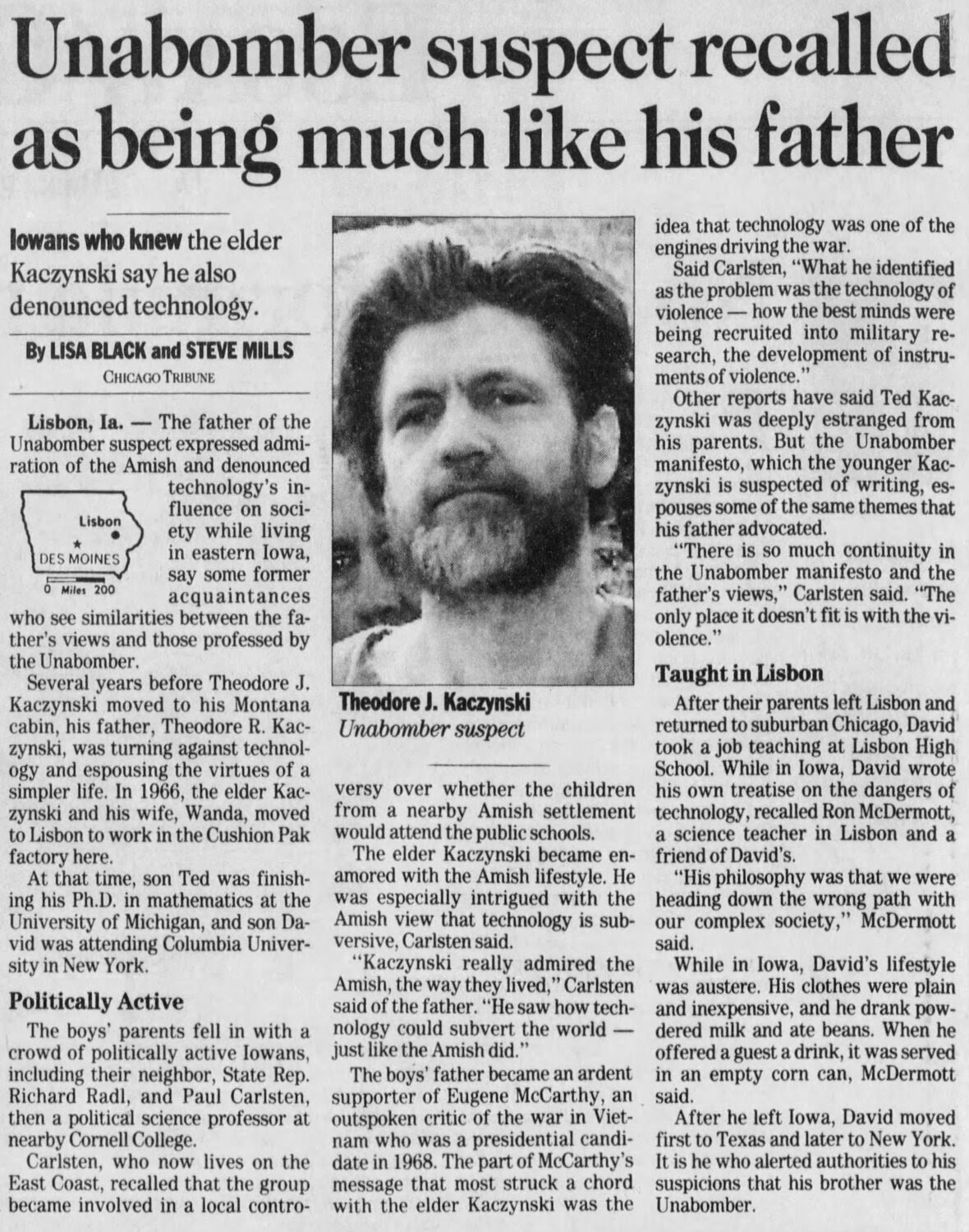
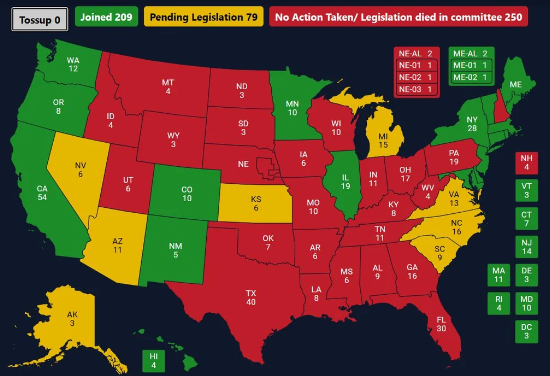
 REMEMBER PRESIDENT TILDEN? NO, BUT IF THE NPVIC RULES WERE IN EFFECT IN 1886 YOU MIGHT HAVE AFFECTED YOUR ANCESTORS
REMEMBER PRESIDENT TILDEN? NO, BUT IF THE NPVIC RULES WERE IN EFFECT IN 1886 YOU MIGHT HAVE AFFECTED YOUR ANCESTORS
We usually don’t bring up politics, unless it’s the Whigs and the Tories.
The National Popular Vote Interstate Compact (NPVIC) is an agreement between U.S. states and the District of Columbia to award all their electoral votes to whichever presidential ticket wins the overall popular vote in the 50 states and the District of Columbia. The compact is designed to ensure that the candidate who receives the most votes nationwide is elected president, and it would come into effect only when it would guarantee that outcome.
Introduced in 2006, the compact has been adopted by seventeen states and the District of Columbia as of April 2024. These jurisdictions have 209 electoral votes, which is 39% of the Electoral College and 77% of the 270 votes needed to give the compact legal force.
Specific legal questions may affect the implementation of the compact. Some legal observers believe states have the plenary power to appoint electors as the compact prescribes; others believe that the compact will require congressional consent under the Constitution’s Compact Clause or that the presidential election process cannot be altered except by a constitutional amendment.
As an example, if Arizona were one of the states in the compact, a Democratic candidate could win the popular vote in Arizona, but the Republican candidate could win the national popular vote, and the electoral college vote for Arizona would be awarded to the Republican candidate.
There is a lot of debate that you can review here:
NPVIC
You can see two items below that recent elections are not the first time things got exciting; here are the headlines the morning after the 1886 election. The winner was not decided until January 26th.
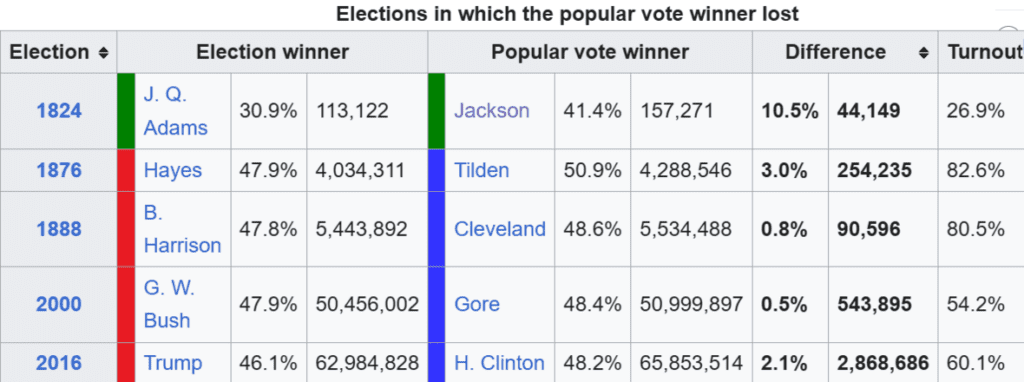

 IS YOUR ANCESTRY TREE FULL OF ERRORS?
IS YOUR ANCESTRY TREE FULL OF ERRORS?
We audit trees for people because they realize they have accepted hints In Ancestry.com that are incorrect and have no source.
As we all know, anyone can post anything on the Internet, and it is rarely vetted. That includes what people put into online trees.
Above is an example where they have William Hudson SR Hatcher, and they added the title of WWII Navy Combat Casualty. Since he lived from 1659-1736, I am confident he did not fight in WWII.
 WHAT ABOUT YOUR DESCENDANTS KNOWING ABOUT YOUR ANCESTRY?
WHAT ABOUT YOUR DESCENDANTS KNOWING ABOUT YOUR ANCESTRY?
Reach out to Dancestors Genealogy. Our genealogists will research, discover, and preserve your family history. No one is getting any younger, and stories disappear from memory every year and eventually from our potential ability to find them.
Preserve your legacy and the heritage of your ancestors.
Paper gets thrown in the trash; books survive!
Ready to embark on your family history journey? Don’t hesitate. Call us at 214-914-3598, and let’s get your project started!
Visit our website: Dancestors Genealogy


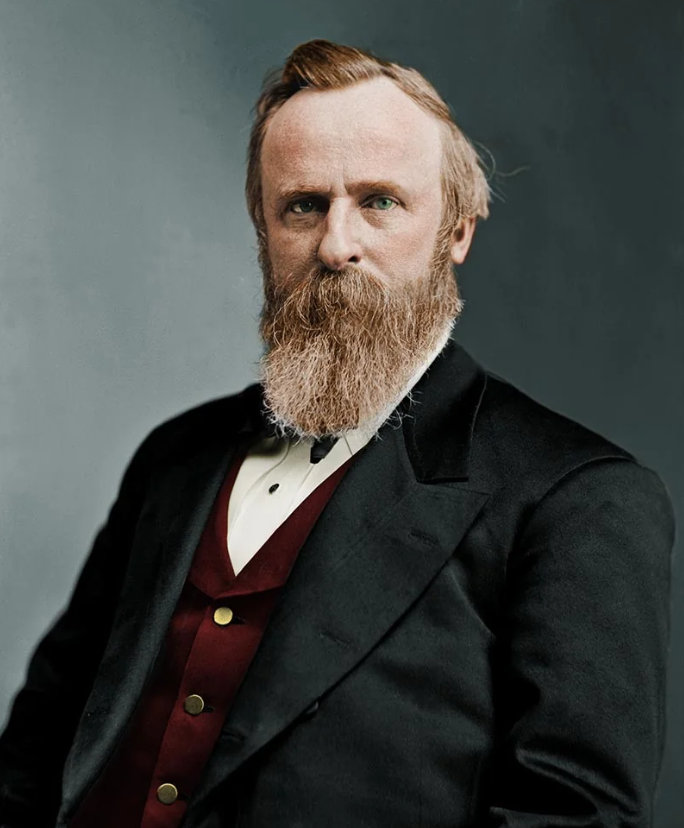 RUTHERFORD B. HAYES PURSUED HIS ANCESTRY
RUTHERFORD B. HAYES PURSUED HIS ANCESTRY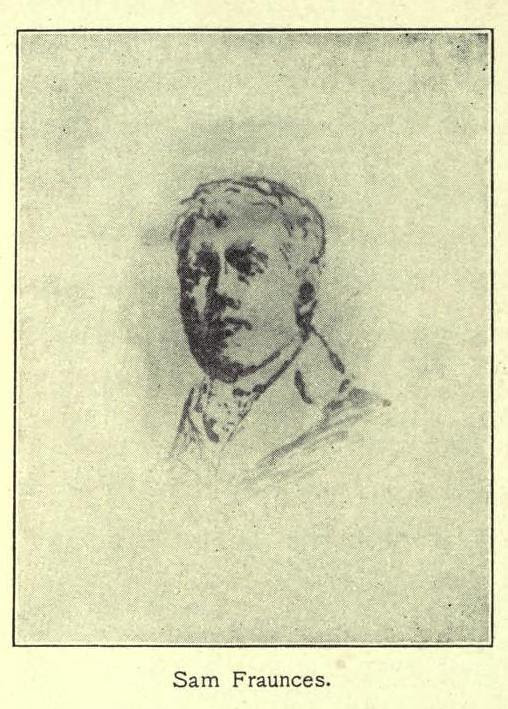 ANCESTRY AND A BIT MORE ON THE STORY OF THE PLOT TO KILL WASHINGTON
ANCESTRY AND A BIT MORE ON THE STORY OF THE PLOT TO KILL WASHINGTON AN ANCESTRY CLIENT AND AN EPITAPH TO SETH BURLEIGH HINSHAW
AN ANCESTRY CLIENT AND AN EPITAPH TO SETH BURLEIGH HINSHAW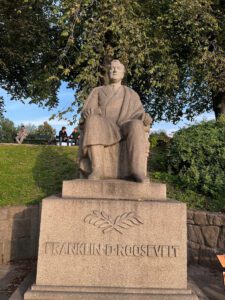 NORWEGIAN ANCESTRY AND WHY IS ROOSEVELT’S STATUE IN OSLO, NORWAY?
NORWEGIAN ANCESTRY AND WHY IS ROOSEVELT’S STATUE IN OSLO, NORWAY?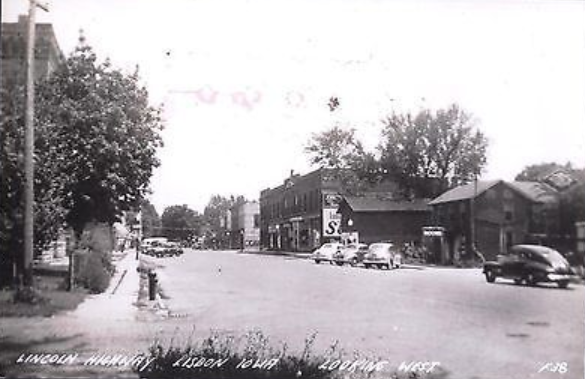 WHERE DID EISENHOWER GET THE IDEA FOR THE INTERSTATE SYSTEM? AND THE ANCESTRY OF THE UNABOMBER
WHERE DID EISENHOWER GET THE IDEA FOR THE INTERSTATE SYSTEM? AND THE ANCESTRY OF THE UNABOMBER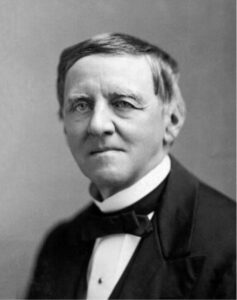 REMEMBER PRESIDENT TILDEN? NO, BUT IF THE NPVIC RULES WERE IN EFFECT IN 1886 YOU MIGHT HAVE AFFECTED YOUR ANCESTORS
REMEMBER PRESIDENT TILDEN? NO, BUT IF THE NPVIC RULES WERE IN EFFECT IN 1886 YOU MIGHT HAVE AFFECTED YOUR ANCESTORS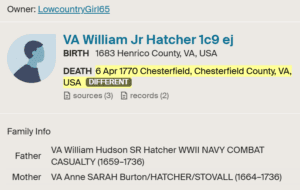 IS YOUR ANCESTRY TREE FULL OF ERRORS?
IS YOUR ANCESTRY TREE FULL OF ERRORS?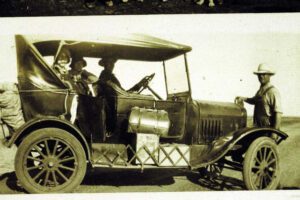 WHAT ABOUT YOUR DESCENDANTS KNOWING ABOUT YOUR ANCESTRY?
WHAT ABOUT YOUR DESCENDANTS KNOWING ABOUT YOUR ANCESTRY?